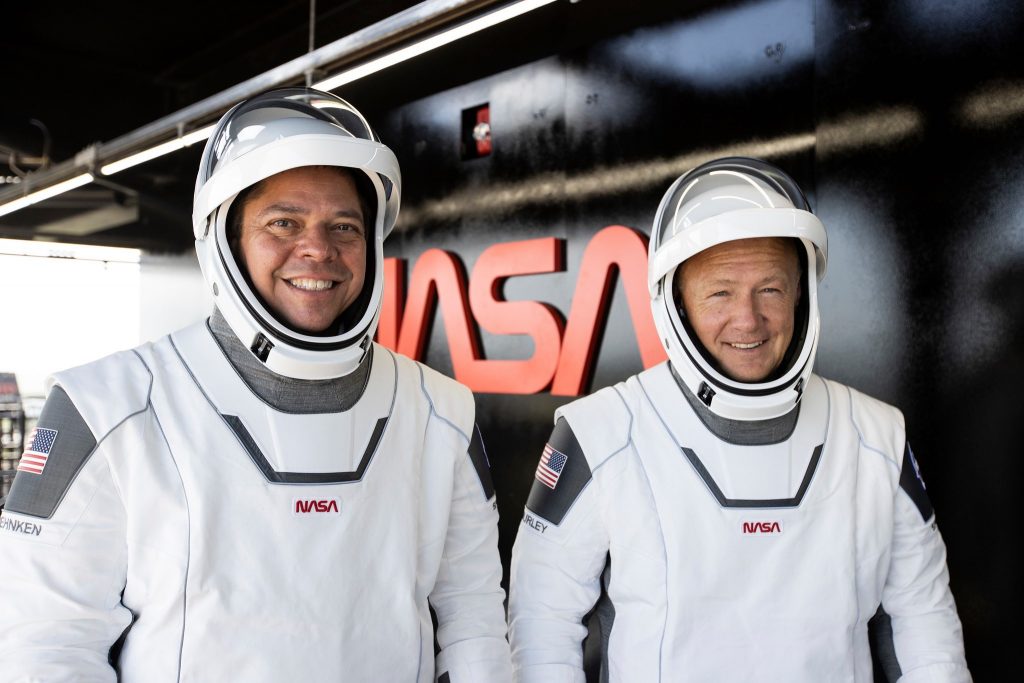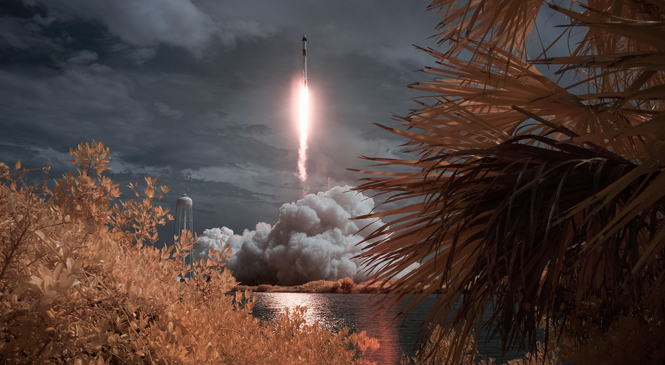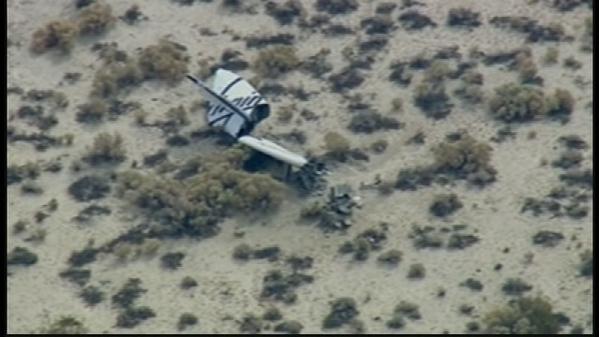Mission Accomplished: NASA and SpaceX Put America Back in Space

[featured image: NASA//Bill Ingalls]
A historical milestone has been achieved.
After nearly a decade of relying on the Russian space program to carry astronauts into space, NASA, together with Elon Musk’s SpaceX, has sent two crewmen to the International Space Station from US soil. The Dragon Endeavor capsule, atop the Falcon 9 rocket, on a mission named Demo-2, launched at 3:22 pm ET on Saturday, May 30th, 2020, and completed its docking at 10:32 am ET on Sunday, May 31st. The rocket took off from the same launch pad as the Apollo missions.

The two-man Demo-2 crew was comprised of veteran astronauts Bob Behnken and Doug Hurley. Behnken is an Air Force Colonel and holds a doctorate in mechanical engineering. He also previously served as Chief of the Astronaut Office at NASA. Hurley is a former F/A-18 Hornet pilot with the Marine Corps (call sign “Chunks”). He served on the last of the space shuttle missions in 2011, and now as commander of the Demo-2 crew. Both are married to veteran astronauts as well.
Not Without A Hitch
The launch was originally scheduled for Wednesday, May 27th. But electrical activity at high altitude led Mission Control to scrub the launch due to weather conditions with just seventeen minutes to go before ignition. Elon Musk said on Twitter that although Dragon is designed to withstand multiple lightning strikes without problems, safety is a primary concern and there was no point in taking unnecessary risks. The launch was rescheduled for Saturday.
Falcon/Dragon are designed to withstand multiple lightning strikes, but we don’t think it would be wise to take this risk
— Elon Musk (@elonmusk) May 30, 2020
Perfect Flight
On the day of the rescheduled launch, the weather was still uncertain, with a 50% chance of rescheduling again to Sunday. Luckily, that didn’t happen. Everything went as scheduled. The weather held off. The first stage of the Falcon 9 rocket landed perfectly on the floating landing platform in the Atlantic Ocean. After a nineteen hour flight, the spacecraft soft docked with the ISS (captured and tethered) at 10:16 am ET. Within a few minutes, it was connected and sealed with the space station, providing power and a data link to the station. If there were any hiccups, it didn’t show, as every event seemed to occur as predicted seemingly down to the minute, with the exception of the docking which was slightly ahead of schedule.
Interestingly enough, the Dragon is designed to handle a crew complement of up to seven astronauts, but had only two on its first flight. The space shuttle also was built for up to seven people at a time, but first flew with only two.
Reusable Vehicle
Not only is this the first ever commercial manned space flight to the ISS, it is also mostly reusable. Previous vehicles have been described as being similar to flying a Boeing 747 from New York to Los Angeles, then scrapping the aircraft, every single time. The space shuttle program provided a reusable orbiter, but the rockets and fuel tank that launched it into space were discarded, and the vehicle itself had to have the heat shielding insulation overhauled after each return. The Lockheed-Martin X-33 VentureStar, complete with its revolutionary aerospike engine, was supposed to solve that problem. But the project was abandoned due to difficulties and cost overruns in early 2001.
But with the Falcon 9 rocket and Dragon capsule, the second stage is the only non-reusable component. On the next generation of SpaceX rockets, the Falcon Heavy which is currently in development, all parts are expected to be reusable. This lowers the cost and allows private companies like SpaceX and Boeing to handle space operations. Boeing is scheduled for its first manned flight in 2021.
Next Steps
So now the American space program is back up and running with the help of private entities like SpaceX and, very soon, Boeing. One upcoming project that was mentioned multiple times during coverage of the SpaceX launch is Artemis. Artemis is a program to return to the moon, complete with its own orbiting space station. Named for the twin sister of Apollo (appropriately enough), the project is being conducted in cooperation with Boeing.
In addition to Artemis and it’s components (such as the Orion spacecraft), Boeing has plans for other space ventures, including the CST-100 Starliner to take tourists into low Earth orbit. SpaceX has their Starship program in development for cargo and deeper space travel, such as to the moon and eventually Mars.
While history tells us that what is expected is not what comes to be, there is still reason to be optimistic about the future now that commercial manned flight is officially underway.
![]()




